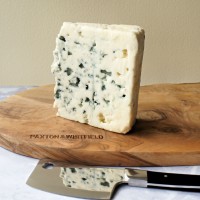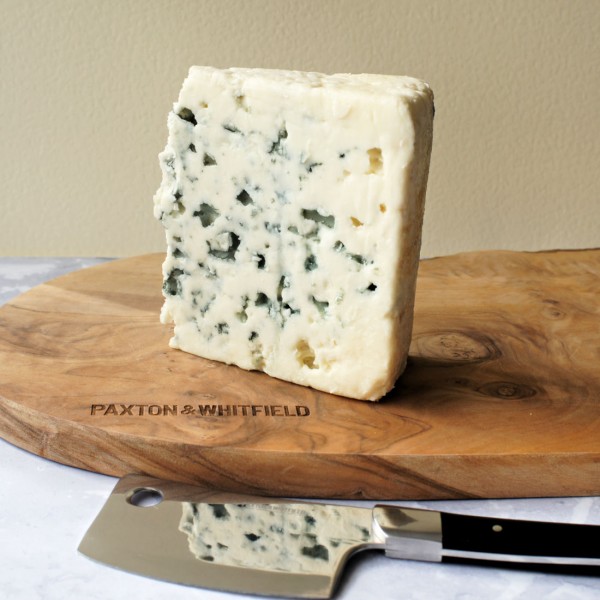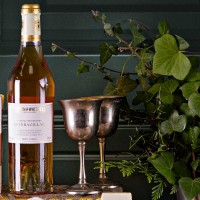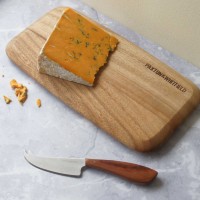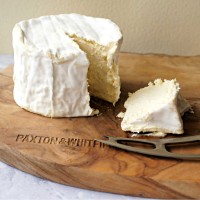Roquefort
A famous French blue cheese aged in caves at Combalou. This Ewe's milk cheese has a tangy, salty flavour with sweet notes.
Key Facts
- CountryFrance
- RegionPyrenees
- AccreditationPDO
- FlavourTangy and salty
- Type of MilkSheep
- PasteurisationUnpasteurised
- Vegetarian RennetNo
- OrganicNo
Store & Serve
All cut cheeses are cut to order and will have approximately 12 days shelf life on them from the date the order is despatched. Due to high demand, it is occasionally necessary for us to substitute items in orders for an alternative. We will always endeavour to choose an alternative, which is the most similar to the item you have selected and of equal or higher value for no additional charge.
- StorageKeep refrigerated.
- Instructions for useServe at room temperature.
- Recommended DrinkSauternes
Nutrition
- IngredientsEwes' Milk, Salt, Rennet, Dairy Cultures (Milk), Penicilium roqueforti
- AllergensMilk
Nutritional Information
- Typical Valuesper 100g
- Energy kJ1522
- Energy kcal364
- Fat32
- Of which saturates19
- Carbohydrates2
- Of which sugars0.1
- Protein19
- Salt3.5
Paxton & Whitfield Ltd, 93 Jermyn Street, London SW1Y 6JE
These summary details have been prepared for information purposes only. While we have taken care in preparing this summary and believe it is accurate, it is not a substitute for reading the product packaging and label prior to use. Paxton & Whitfield is unable to accept liability for any incorrect information. If you require specific advice, please contact our mail order team on 01451 823460 or email sales@paxtonandwhitfield.co.uk.
Strong and salty with a contrasting sweet and rich flavour coming from the milk. It is the full character of this cheese which makes it ideal as a cooking ingredient as well as a perfect choice for a cheese board, to be accompanied by a fine Sauternes, Tokaji or our Monbazillac wine.
Roquefort is the most famous of French blue cheeses and is named after the small village of Roquefort which lies between the Auvergne and Languedoc in the Aveyron region of France. A series of earthquakes and landslides in the Combalou plateau millions of years ago created the unique site with natural faults called 'Fleurine' which are essential to the development of the cheese as they mature under the village. They ensure that the temperature and humidity remain constant throughout the year because when the temperature oustide the cave is higher, the faults draw air inwards and downwards, and when the temperature rises in the caves, the air is drawn upwards and outwards.
The region's climate is extreme with hot, dry summers and cold winters, which particularly suits the hardy sheep of the Lacaune race. These sheep are milked twice a day and the milk used to make the famous cheese by one of a handful of producers in the area.
Read More

